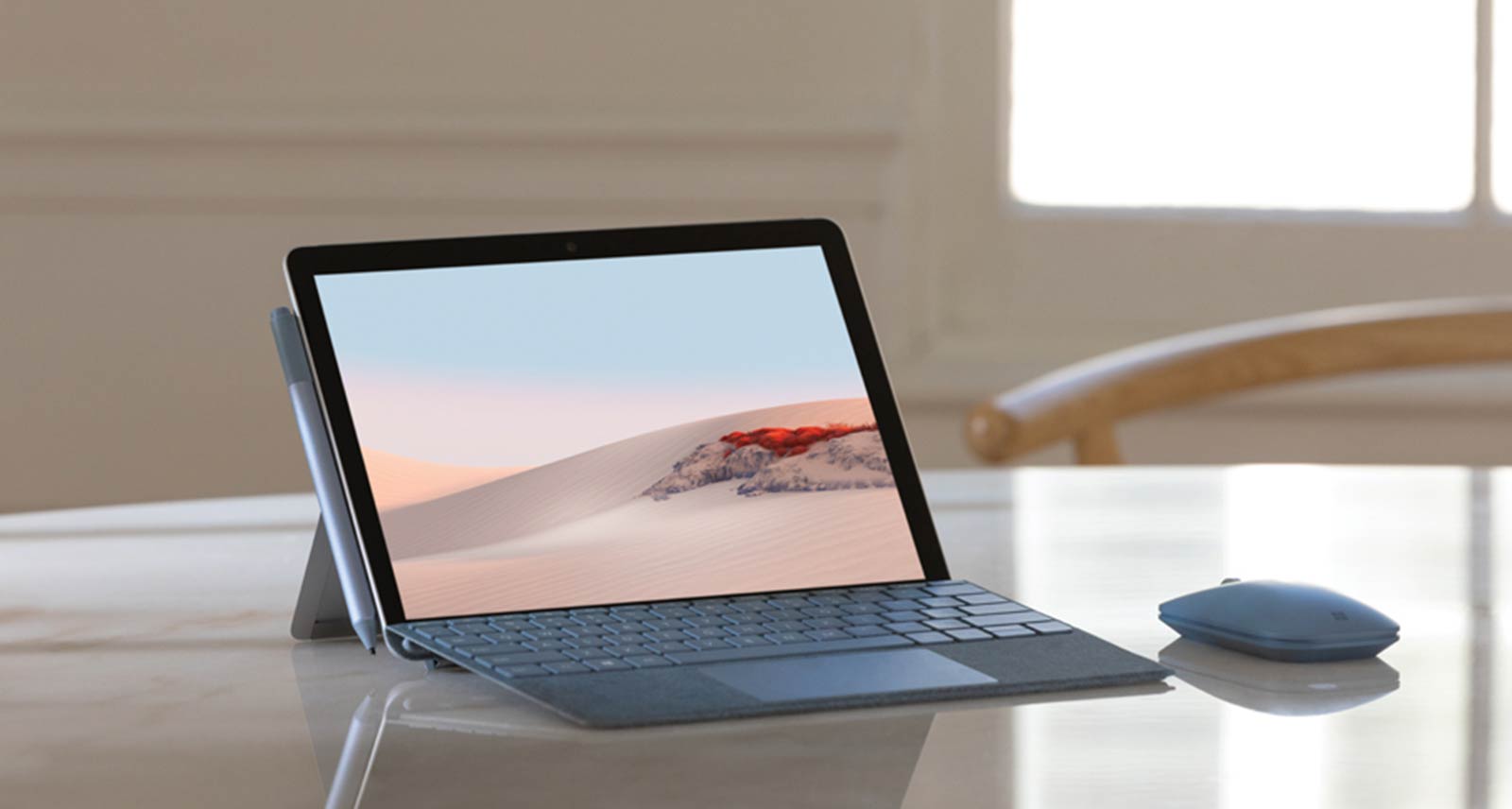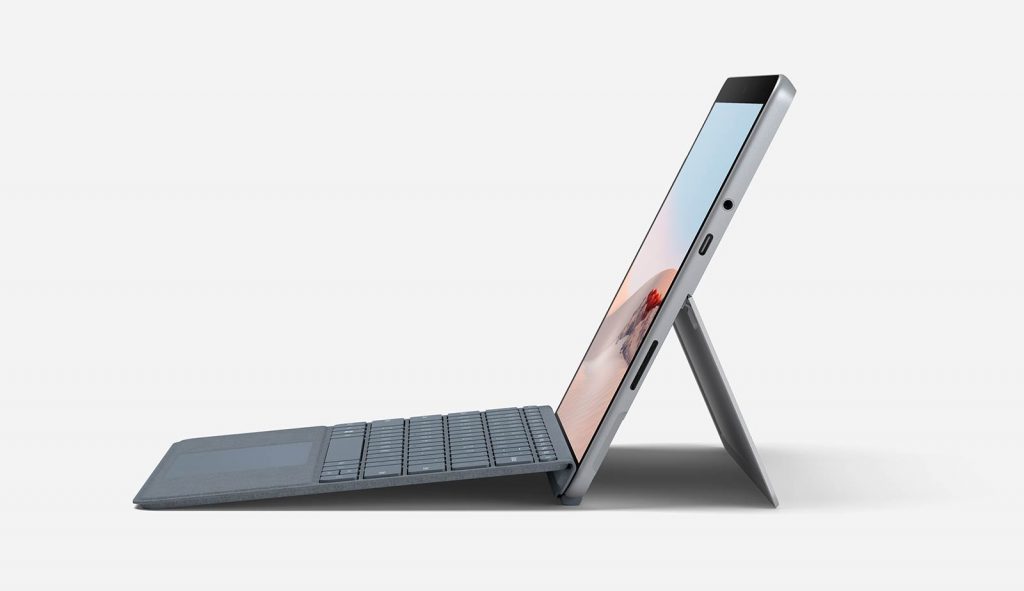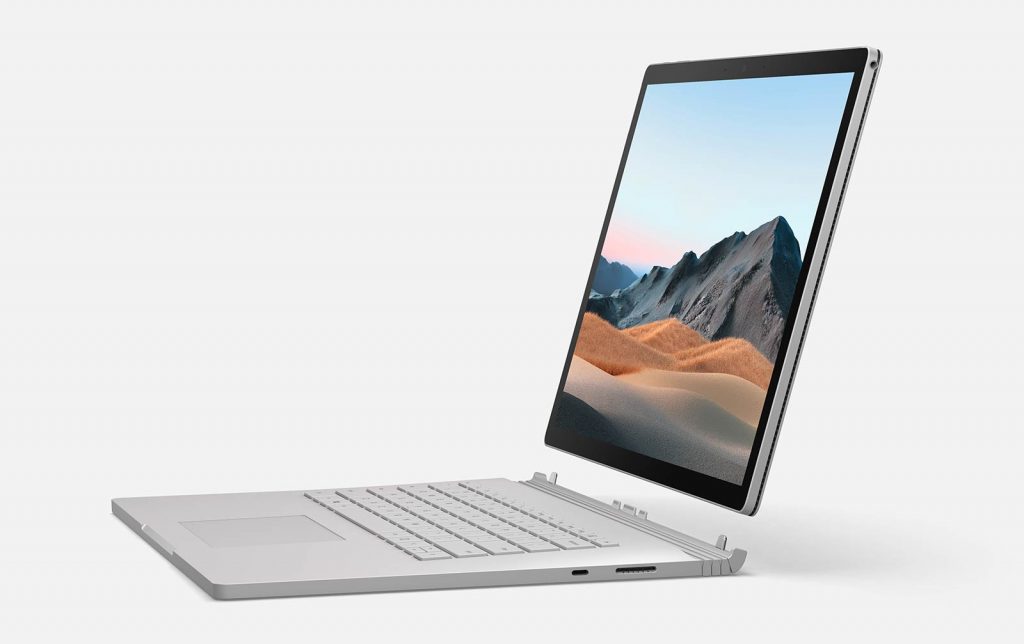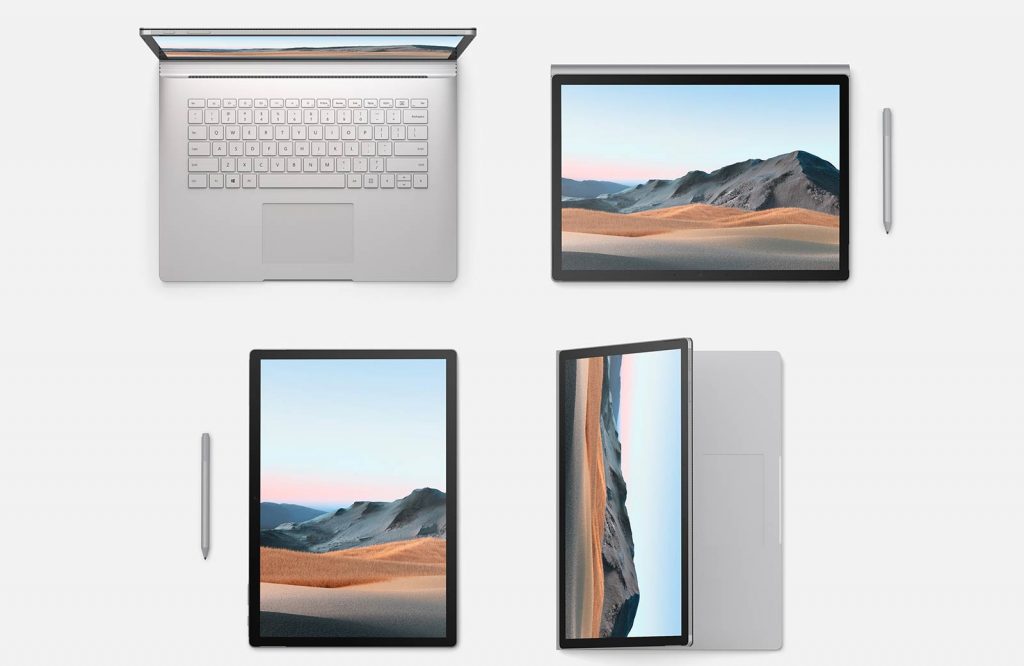The iPad may well be the tablet most people think of first, but Microsoft’s Surface makes a dent, and new models are on the way to tempt you for something else, too.
Microsoft’s tablet range is getting an update this week, and it’s one that looks to refresh both the least expensive and the most expensive portable options in the range.
There are several Microsoft Surface models out in the world, and while the stand-equipped 12 inch Surface Pro is the one you might typically associate with the concept of a “Microsoft Surface“, it’s not alone. There’s also the Surface Laptop, a detachable and more powerful version called the Surface Book, and even a pint-sized edition in the Surface Go.
Microsoft sure has options, it seems, and in the coming weeks, some of those options will see a bit of an update, as a couple of models are refreshed for 2020.
With the Surface Pro line refreshed late last year, you may want to temper expectations for a refresh so soon. For now, Microsoft is focusing on the Surface Go — the least pricey portable Surface it has — and the Surface Book — the most pricey portable Surface in the Microsoft lineup.
First, there’s the Surface Go, and it’s getting a slight update in screen size, jumping from a 10.1 inch to 10.5 inch display, pairing it with either Intel Pentium or 8th gen Intel Core M chips, plus upgrading the microphones to make it better for conferencing.
It also comes with a changed name, in case you go looking, and a familiar price, with the Surface Go 2 seeing a local price in Australia of $629 without the Microsoft keyboard Type Cover, and availability from May 12.
That’s an update we’re interested in, however the Surface update that has more of our attention is Microsoft’s most premium hybrid laptop, the Surface Book 3, the third-generation take on a laptop and a tablet combined that throws most of the hardware into a big 13 or 15 inch screen, and pairs it with a keyboard base.
The Surface Book range has always been one of the more interesting takes on connecting a tablet and a laptop, with Microsoft leveraging a custom keyboard docking mechanism and a keyboard, but allowing you to choose how you use the computer: either connected together as a laptop, or separating the screen as a tablet only.
This approach to tablet computing hasn’t changed in the Surface Book 3, but the specs definitely have, with Intel 10th generation Core processors, and recent Nvidia GeForce GTX graphics chips for gamers or Nvidia Quadro RTX chips for people who want a Surface Book to work as a workstation. It’s a laptop that Microsoft will offer both a 13.5 and 15 inch model of — because choice is important — and will even offer an option for as much as 32GB RAM and up to a 1TB solid-state drive.
Don’t expect a model spec’d that high to be particularly inexpensive, as 32GB RAM and 1TB storage won’t be cheap, nor will if you throw in an Nvidia Quadro chip, as workstation graphics chips tend to push pricing up a level. Microsoft hasn’t yet announced local prices for the Quadro option, however the Surface Book 3 will start at $2649 in Australia, with the 32GB 1TB option stretching past $4400 regardless of whether you opt for 13 or 15 inch models.
As for whether Microsoft’s Surface Book 3 pushes an envelope, the specs certainly look up there, though we’re surprised to see Microsoft only offering quad-core Intel chips, particularly when six-core and eight-core chips exist in the market, and when Intel’s recent Core H support up to eight cores.
In fact, if you venture to the recently released MacBook Pro 16, you’ll find a minimum of six cores configurable to as many as eight.
But if the Surface Book design is more what you’re into, you’ll find it in Australia from May 21.










